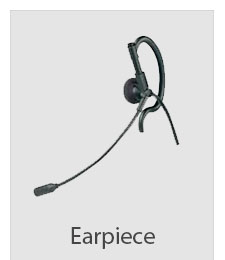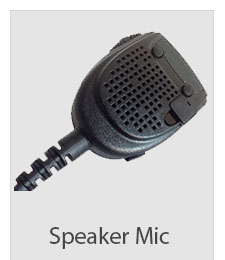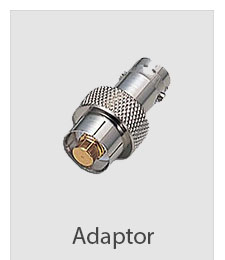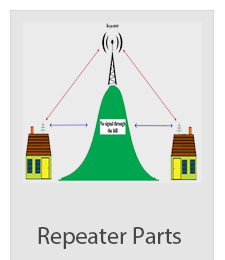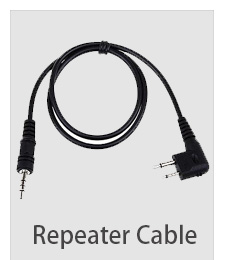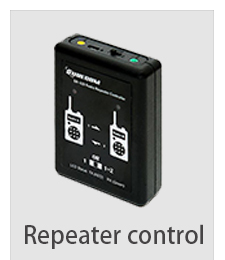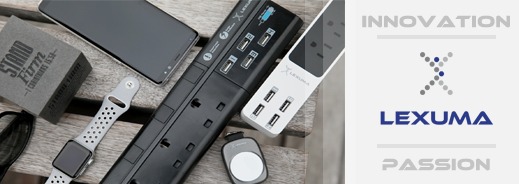More affordable to have a portable GPS system in your car
When was the last time you asked for directions? Do you even keep a map in your car? Navigation systems which were once reserved for airplanes and cruise ships are now commonplace in the cars we drive everyday. Even budget cars offer optional (and sometimes standard) factory navigation systems to their buyers. Drivers can also choose from portable navigation systems, turn-by-turn directions from services like OnStar or they may even be able to get directions from their mobile phone. Suddenly, logging onto MapQuest for directions on your home computer doesn't seem so high-tech anymore.
But with all of the options available to drivers, choosing a navigation system can be difficult. While it may be convenient to get directions from a cell phone, most mobile phones can't give audible directions in real time. That means drivers have to read and remember the directions. The safest option for most drivers is to choose a real-time GPS navigation system -- a device that uses the global positioning system to determine where you are and figure out where you need to go. Because the system constantly tracks the vehicle's location, directions are given turn-by-turn, through a speaker system, which allows the driver to keep his or her eyes on the road ahead and their mind focused on driving.
But, even choosing a GPS can be confusing. When it comes to cars, there are three main GPS navigation system options. You can opt for a factory-installed system on a new car, a dealer-installed system on a new or used vehicle or get a portable device that requires little or no installation.
On the pages ahead, we'll look at which GPS navigation system is the most affordable, and which one makes the most sense for you.
|






